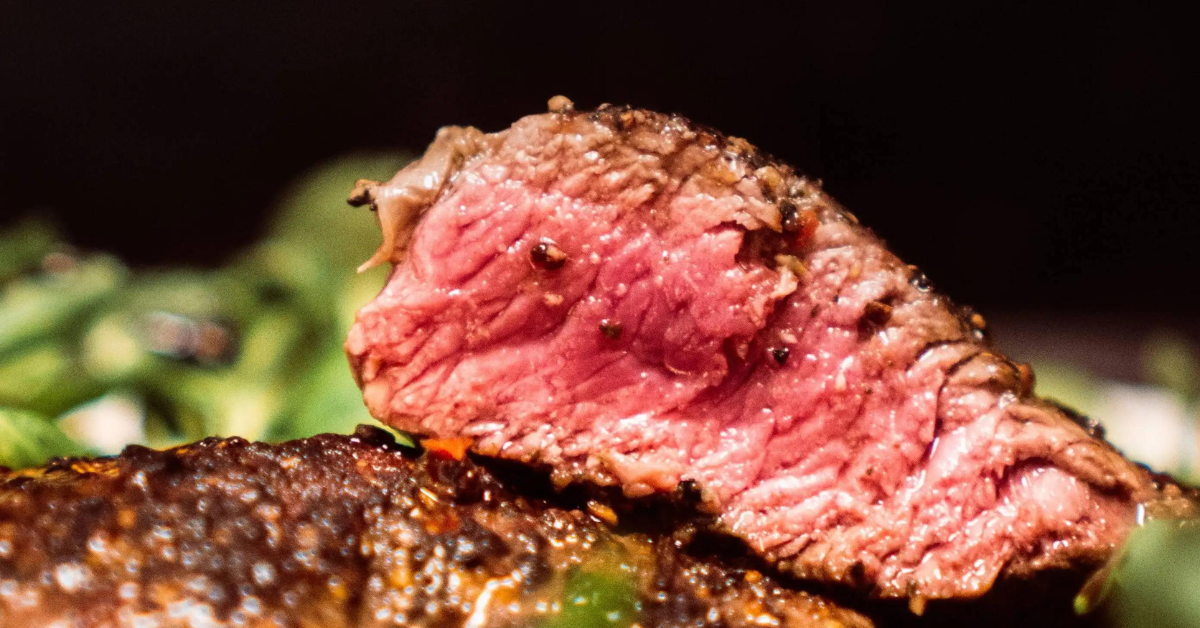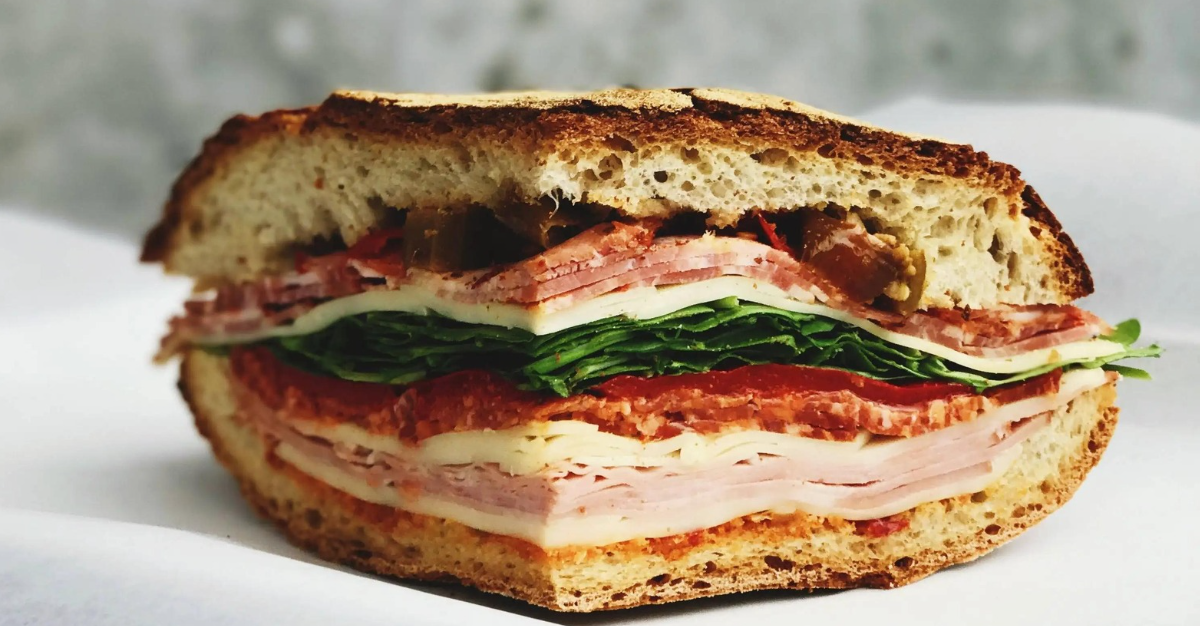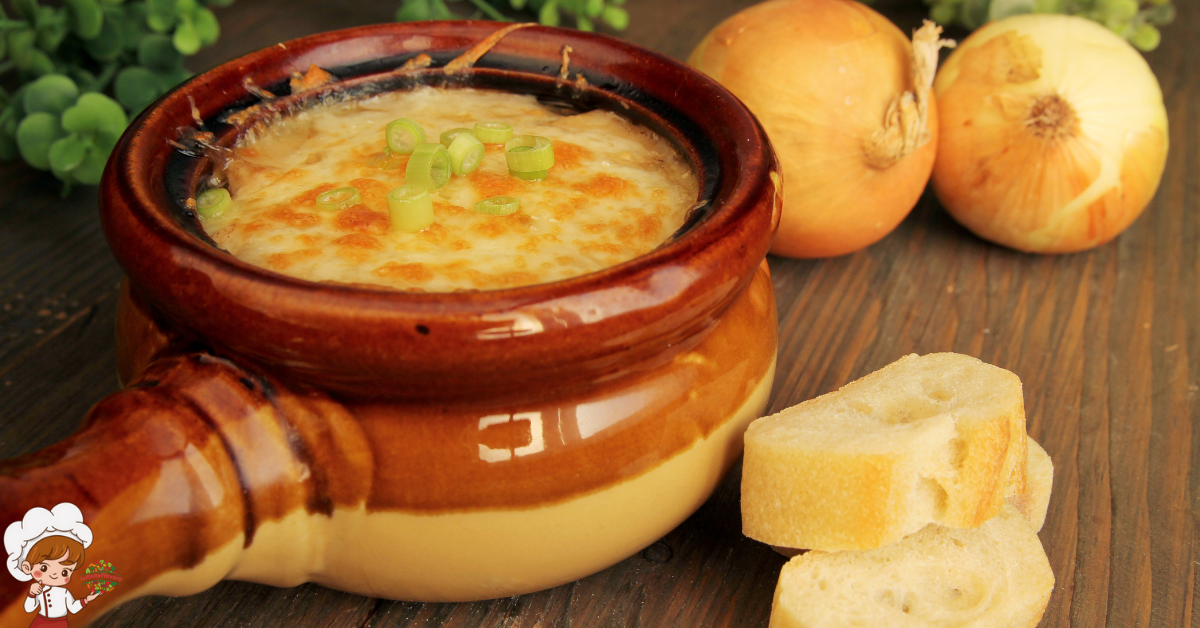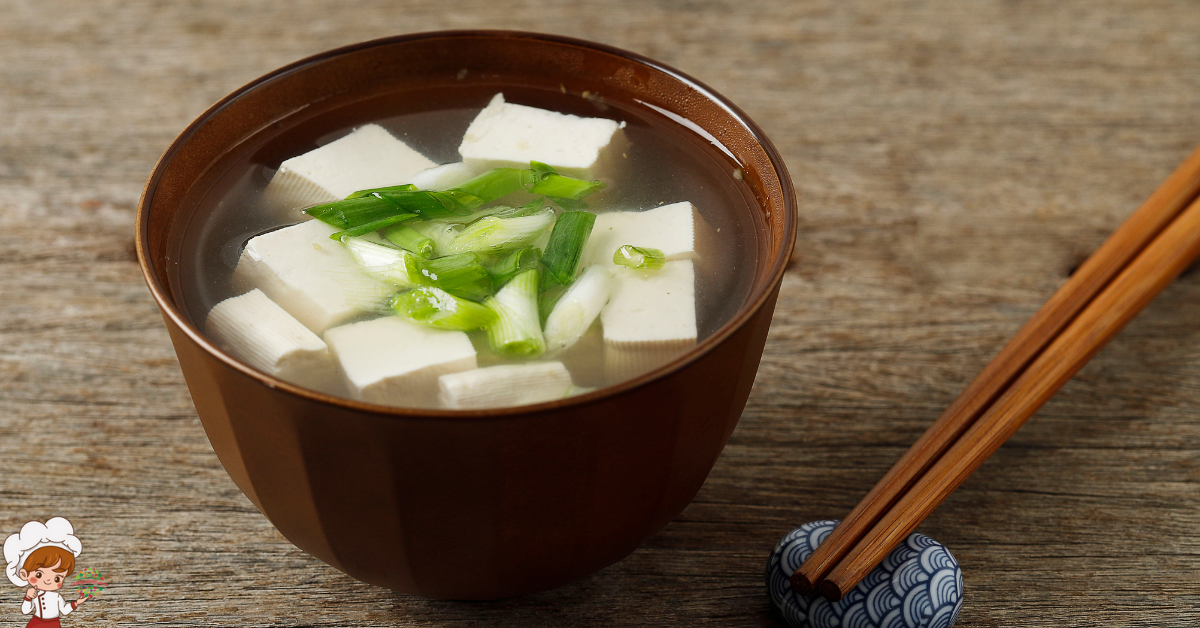Best Baking Techniques For Cookies
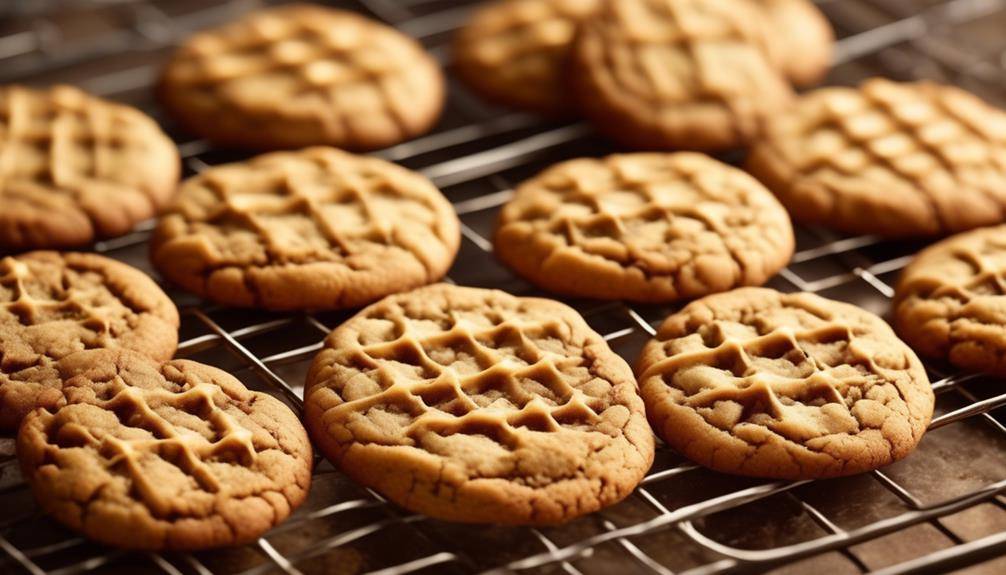
Best Baking Techniques For Cookies; Imagine the warm, buttery aroma that fills your kitchen as you pull a batch of freshly baked cookies out of the oven. The anticipation of sinking your teeth into a perfectly golden, chewy treat is almost too much to bear. But how do you achieve that level of cookie perfection? In this discussion, we will explore the best baking techniques that will elevate your cookie game to new heights. From the secrets of preparing the perfect dough to understanding the role of oven temperature, get ready to discover the key to baking cookies that will have everyone coming back for more.
Preparing the Perfect Cookie Dough
To prepare the perfect cookie dough, start by gathering all the necessary ingredients and equipment on your countertop. This step is crucial to ensure a smooth and efficient baking process. Begin by measuring out the precise amounts of flour, sugar, butter, eggs, and any additional flavorings, such as vanilla extract or chocolate chips. Having everything within reach will save you time and prevent any unnecessary stress during the mixing process.
Once all the ingredients are assembled, it’s time to combine them. Using an electric mixer or a wooden spoon, mix the butter and sugar together until light and fluffy. This step helps to create a soft and tender cookie texture. Next, add in the eggs one at a time, mixing well after each addition. This will ensure that the dough is well incorporated and will result in a uniform bake.
After the wet ingredients are combined, gradually add in the dry ingredients, such as flour, baking powder, and salt. Be sure not to overmix the dough at this stage, as it can lead to a tougher cookie texture. Once all the ingredients are incorporated, it’s time to chill the dough. This step is essential as it allows the flavors to meld together and prevents the cookies from spreading too much during baking.
When it’s time to bake the cookies, preheat your oven to the recommended temperature, and line your baking sheets with parchment paper. This will help achieve the perfect baking time and prevent the cookies from sticking to the pan. As the cookies bake, keep a close eye on them to ensure they achieve a golden brown color. This will indicate that they are fully baked and ready to be enjoyed.
Mastering the Art of Proper Ingredient Measurement
To achieve perfect cookies, precise measuring is crucial. Accurate measurements ensure that the ingredients are properly balanced, resulting in the desired texture and taste. To achieve this, it is important to use the right measuring tools and follow some helpful tips for accurate measurements.
Precise Measuring for Success
Master the art of proper ingredient measurement for precise and successful cookie baking. Accurate measuring techniques are essential to achieve the perfect baking consistency. When measuring dry ingredients such as flour, use a spoon to scoop the flour into the measuring cup and level it off with a straight edge. Avoid packing the flour as it can lead to dense and dry cookies. For liquid ingredients, use a liquid measuring cup and make sure to read the measurement at eye level for accuracy.
When measuring sticky ingredients like honey or molasses, lightly grease the measuring utensil to ensure it easily slides off. Remember, even a slight variation in ingredient measurement can greatly affect the texture and taste of your cookies. So, follow these precise measuring techniques to achieve consistent and delicious results every time.
Importance of Accurate Measurements
Are you ready to take your cookie baking skills to the next level by mastering the art of proper ingredient measurement? Measuring accuracy is the key to consistent baking. When it comes to cookies, even the slightest deviation in measurements can have a significant impact on their texture and flavor. Using too much flour can result in dry and crumbly cookies, while too little can make them flat and spread out.
Similarly, an imprecise measurement of sugar can affect the sweetness and the chewiness of the cookies. Accuracy is crucial when measuring ingredients like baking soda and salt, as their proportions directly affect the rise and overall taste of the cookies. By ensuring accurate measurements, you can achieve perfectly baked cookies every time.
Measuring Tools and Tips
Accurate ingredient measurement is essential for achieving consistently delicious cookies, and mastering the art of proper measurement starts with using the right tools and following a few helpful tips. When it comes to measuring ingredients for cookies, there are a few techniques you should keep in mind. First, always use dry measuring cups for dry ingredients like flour and sugar, and use liquid measuring cups for liquids like milk or oil. This will ensure that your measurements are accurate and consistent.
Additionally, make sure to level off the ingredients with a straight edge to prevent any excess or insufficient amounts. One common baking mistake is scooping flour directly from the bag, which can lead to packed flour and result in dense cookies. Instead, use a spoon to scoop the flour into the measuring cup and then level it off. By following these measuring techniques and avoiding common baking mistakes, you will be on your way to baking perfect cookies every time.
The Importance of Chilling the Dough
Chilling the dough before baking is a crucial step in achieving perfectly textured and delicious cookies. The benefits of chilling the dough are numerous and should not be overlooked. When the dough is chilled, the butter in the dough solidifies, which helps to maintain the shape of the cookies during baking. This is especially important for cookies that contain a high proportion of butter, as they tend to spread more if the dough is not chilled. Chilling also allows the flavors to meld together, resulting in a more flavorful cookie.
The chilling duration will depend on the recipe and the type of cookie you are making. As a general rule, it is recommended to chill the dough for at least 30 minutes, but some recipes may require longer chilling times. For example, recipes that call for a lot of mix-ins, such as chocolate chips or nuts, may benefit from an overnight chill. This allows the flavors to develop and the mix-ins to distribute evenly throughout the dough.
To chill the dough, simply cover it with plastic wrap or transfer it to an airtight container and place it in the refrigerator. If you are short on time, you can also place the dough in the freezer for a shorter amount of time. Just be sure to monitor the dough closely, as you don’t want it to freeze solid.
Achieving the Ideal Cookie Shape and Size
When it comes to achieving the ideal cookie shape, there are a few tips that can help you create perfect cookies every time. First, make sure your dough is chilled before shaping. This will prevent the dough from spreading too much and losing its shape. Additionally, controlling the size of your cookies is important for even baking. Use a cookie scoop or spoon to measure out consistent portions of dough, ensuring that all cookies bake evenly.
Shape: Tips for Perfect Cookie Shapes
For perfectly shaped and sized cookies, consider incorporating these helpful tips into your baking routine. When it comes to achieving the ideal cookie shape, cookie cutting and shaping techniques play a crucial role. First, ensure that your dough is properly chilled before cutting. This will help the cookies hold their shape and prevent them from spreading too much during baking.
When cutting the dough, use sharp cookie cutters and press firmly to create clean edges. If the dough sticks to the cutters, dip them in flour before each use. To maintain uniformity in size, scoop the same amount of dough for each cookie, using either a cookie scoop or a tablespoon. Lastly, gently reshape any cookies that lose their shape during the baking process. By following these tips, you’ll be on your way to perfectly shaped and sized cookies every time.
Size: How to Control Cookie Size
To achieve the ideal cookie shape and size, it’s important to have control over the size of your cookies. Cookie consistency and portion control are key factors in achieving this. One way to ensure consistent cookie size is by using a cookie scoop or ice cream scoop to portion out the dough. This allows you to measure out the same amount of dough for each cookie, resulting in uniform size and shape.
Another method is to use a kitchen scale to weigh the dough and divide it evenly. By doing this, you can ensure that each cookie will bake evenly and have the desired size. Additionally, chilling the dough before baking can help prevent spreading, resulting in cookies that maintain their shape and size. With these techniques, you can easily control the size of your cookies and achieve the perfect batch every time.
Understanding Oven Temperature and Baking Time
Understanding the optimal oven temperature and baking time is crucial for achieving perfectly baked cookies. Oven temperature variations can greatly affect the outcome of your cookies. It is important to preheat your oven to the correct temperature as specified in the recipe. If your oven runs hot or cold, it is recommended to invest in an oven thermometer to accurately gauge the temperature. This will ensure that your cookies bake evenly and prevent them from burning or being undercooked.
Baking time adjustments are also essential for achieving the desired texture of your cookies. The baking time specified in a recipe is a guideline, but it may vary depending on factors such as the size and thickness of your cookies, the type of cookie dough, and your oven’s performance. Keep a close eye on your cookies while they are baking and start checking for doneness a few minutes before the recommended baking time. This will help you avoid overbaking or underbaking your cookies.
To check if your cookies are done, look for golden brown edges and a slightly set center. Remember that cookies continue to cook and firm up as they cool, so it is better to slightly underbake them than to overbake and end up with dry and crumbly cookies.
Essential Tips for Cooling and Storing Cookies
Now that you have achieved perfectly baked cookies, it is important to learn essential tips for cooling and storing them to maintain their freshness and texture. Proper cooling techniques are crucial in order to prevent your cookies from becoming soggy or losing their shape. After removing your cookies from the oven, allow them to cool on the baking sheet for about 5 minutes. This will help them to set and firm up before transferring them to a wire rack to cool completely. Avoid overcrowding the cookies on the wire rack, as this can trap moisture and lead to a loss of crispness.
Once your cookies have cooled completely, it’s time to store them properly to maintain their freshness. The key to cookie storage is to keep them in an airtight container. This will help to prevent them from becoming stale and keep them tasting delicious for longer. You can use a cookie jar, a plastic container with a tight-fitting lid, or even resealable plastic bags. If you want to store different types of cookies together, make sure to separate them with parchment paper or wax paper to prevent them from sticking to each other.
It’s also important to store cookies at room temperature, away from direct sunlight or heat sources. Extreme temperatures can cause cookies to become stale or lose their texture. Do not refrigerate cookies unless the recipe specifically calls for it, as this can make them dry and affect their taste.
Best Baking Techniques For Cookies; Frequently Asked Questions
Can I Use Margarine Instead of Butter in Cookie Dough?
Yes, you can use margarine instead of butter in cookie dough. Margarine is a common alternative to butter in baking. It has a similar texture and fat content, but may slightly alter the taste and texture of the cookies.
How Can I Prevent My Cookies From Spreading Too Much While Baking?
To prevent your cookies from spreading too much while baking, there are a few techniques you can try. Chill the dough before baking, use a higher ratio of flour to fat, or add a bit of cornstarch to the dough.
Is It Necessary to Chill the Dough Before Baking?
Yes, it is necessary to chill the dough before baking. Chilling helps to solidify the fat in the dough, resulting in less spreading during baking. It also allows the flavors to meld and the texture to become more tender.
Can I Substitute Baking Powder for Baking Soda in Cookie Recipes?
When it comes to baking cookies, you might wonder if you can substitute baking powder for baking soda. The answer is yes, but it will affect the texture and taste. Baking time may also vary depending on the type of cookie.
How Do I Know When My Cookies Are Done Baking?
To make your cookies chewier, try adding more brown sugar and using melted butter instead of softened. Some common mistakes people make when baking cookies include overmixing the dough and not properly preheating the oven.
Conclusion
In conclusion, mastering the art of baking perfect cookies requires a combination of precise techniques and attention to detail. From preparing the dough to measuring ingredients accurately, chilling the dough, shaping and sizing the cookies, to understanding oven temperature and baking time, every step plays a crucial role in achieving the ideal cookie. Additionally, proper cooling and storage techniques ensure that your cookies stay fresh and delicious for longer. By following these essential tips, you can create mouthwatering cookies that are sure to impress.



